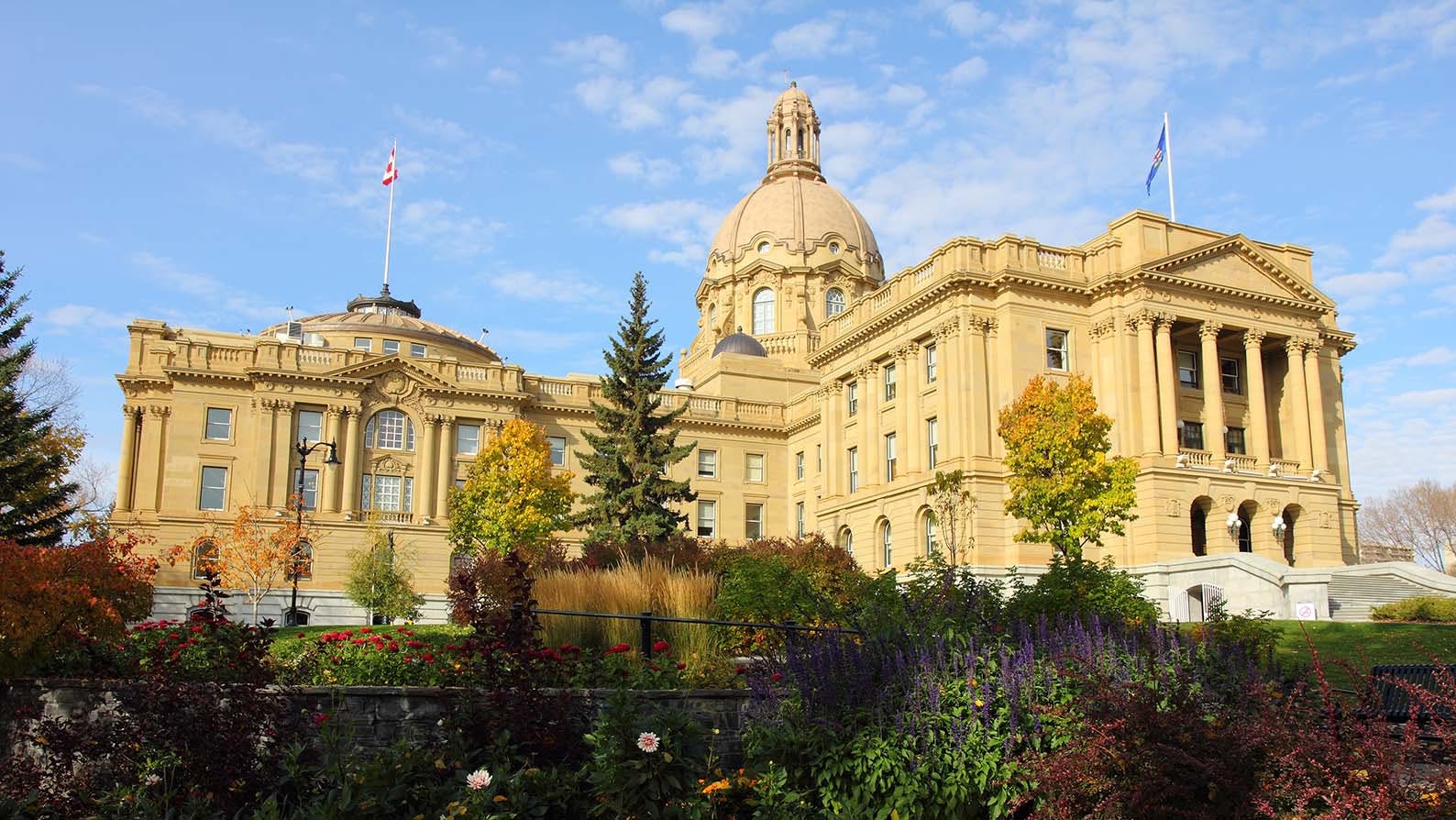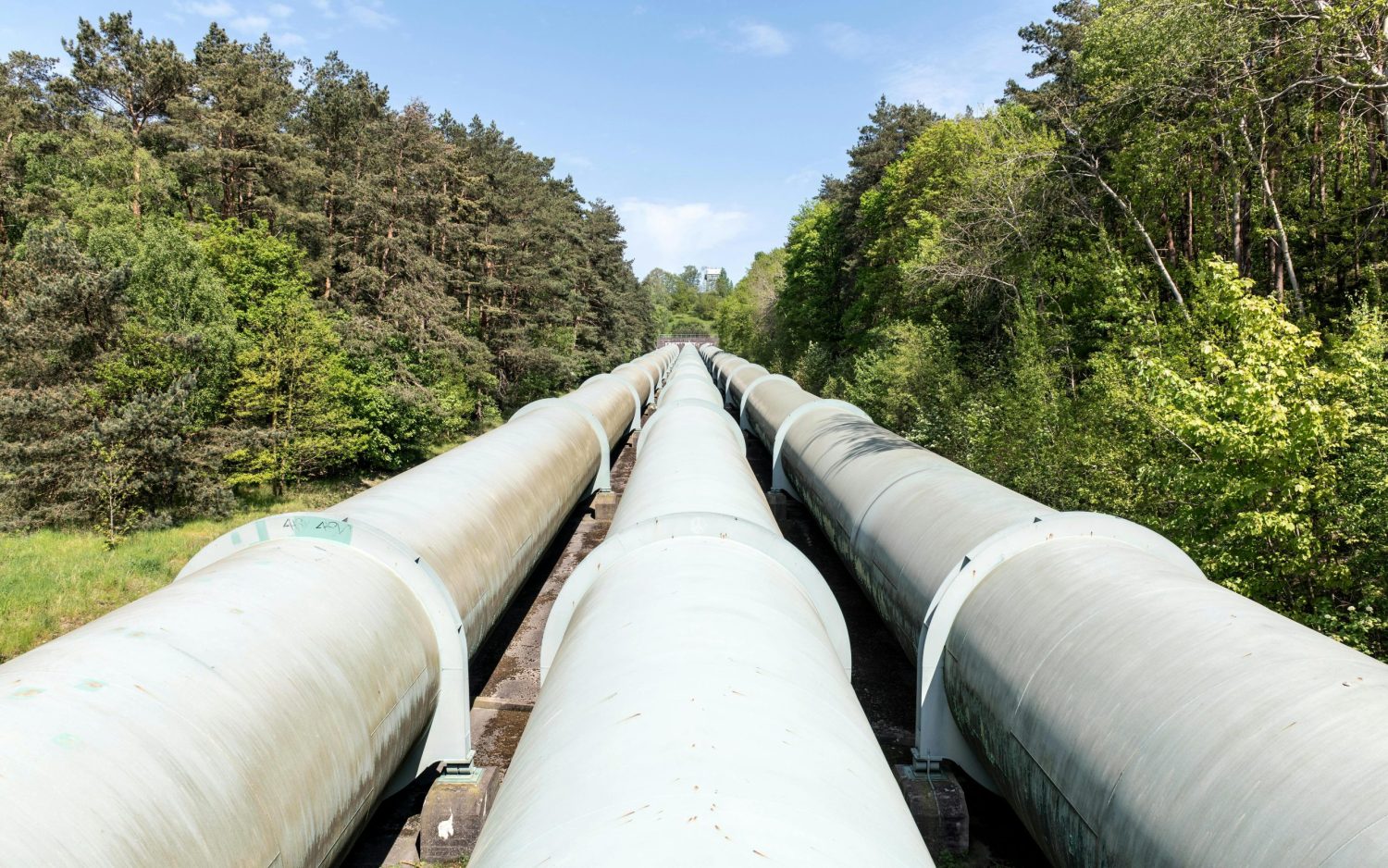Calgary, Alberta, March 16, 2023 – As the world drives towards a low-carbon future, businesses and investors are targeting opportunities in jurisdictions with meaningful and strategic plans to balance economic development with climate goals. As the province explores a made-in-Alberta climate strategy, it must acknowledge that a thoughtful and collaborative strategy will not only lower emissions, but also present a competitive advantage for Alberta’s economy to diversify and increase economic activity.
“Alberta’s climate strategy must advance the province’s energy future, balancing the imperative of environmental stewardship against the need to ensure we remain a competitive energy jurisdiction,” says Deborah Yedlin, President and CEO of the Calgary Chamber of Commerce. “We have the resources, technology and people to be leaders in the production of sustainable and affordable energy, but we must develop policies that streamline our regulatory processes, strengthen investor certainty and unlock capital for transforming our energy systems in the immediate and long term.”
Alberta has a strong track record of innovation and emissions reduction. In 2007, the province developed a first-of-its-kind carbon pricing system in Canada when it introduced Specified Gas Emitter Regulation (SGER), which has evolved into the Technology Innovation and Emissions Reduction (TIER) Regulation. Through such programs, Alberta established itself as the first jurisdiction in North America to price industrial carbon and as a pacesetter for environmental stewardship.
Additionally, the private sector has invested millions in emissions reductions technologies, most recently announcing Carbon Capture and Storage projects with the capacity to reduce over 56 million tonnes of CO2 annually once in-service. Together with new low-carbon fuel pilots and an increase in wind and solar projects, Alberta is well-positioned to remain a leader in providing affordable, reliable and responsibly produced energy, while further lowering emissions.
An Alberta Climate Strategy must build upon this progress and identify economical and sustainable opportunities for progress. To achieve this, continued consultation with the business community is critical. The government must work with the entire energy value chain, including large energy consumers, to understand current regulatory gaps, create robust and achievable targets, and introduce financial incentives that support business growth by empowering them to meet climate goals.
As the voice for Calgary’s business community, the Calgary Chamber convened a group of upstream, midstream, and downstream energy companies, power generators, utility providers, telecommunication firms, and businesses in the financial, agriculture and aviation sectors, to discuss considerations for the development of an Alberta Climate Strategy. Consultation indicates that Alberta’s climate strategy must:
- Present clear, consistent, and efficient policies, regulatory pathways, and financial incentives that foster investor certainty and incentivize the adoption of existing and emerging technologies; recognizing that some technologies can be implemented today, while others require long-term planning and ongoing support.
- Prioritize Alberta’s economic competitiveness with other jurisdictions by strengthening Alberta’s competitiveness with European and U.S. policies, such as the U.S. Inflation Reduction Act.
- Contain a comprehensive mix of stackable financial supports, including CAPEX and OPEX tax credits, ensuring these incentives are technology agnostic and complement proposed federal government incentives to support the development of all economically viable decarbonization technologies.
- Leverage Alberta’s geology and natural resources, identifying opportunities where our traditional strengths in areas such as oil and natural gas can be complemented by renewables to maintain efficient, reliable, and affordable energy for Albertans.
- Support global decarbonization efforts and ensure continued economic growth by advancing export opportunities for low-carbon fuels including hydrogen, ammonia, and LNG. This includes making investments in value-added processing to increase export product prices.
- Build upon Alberta's growing technology sector by encouraging collaboration with primary industries, including agriculture and natural resources, to promote increased technology adoption that improves efficiency and lowers emissions.
- Facilitate collaboration with all orders of government, provinces, and Indigenous partners to promote congruity and equivalency with Alberta’s proposed climate goals.
It is critical the province recognize the path to decarbonization hinges on the success of our existing industries. An Alberta Climate Plan must recognize that industry has been innovating and investing for decades to ensure Alberta’s future includes affordable, reliable, and responsible energy, and that continued investment is the key to decarbonizing while protecting our energy security.
Looking ahead, the Calgary Chamber will continue to consult with members to understand their expectations of a made-in-Alberta Climate Strategy, ensuring government policy is developed to balance our shared environmental goals with long-term business success.
ABOUT THE CALGARY CHAMBER OF COMMERCE
The Calgary Chamber exists to help businesses thrive. As the convenor and catalyst for a vibrant, inclusive, and prosperous business community, the Chamber works to build strength and resilience among its members and position Calgary as a magnet for talent, diversification, and opportunity. As an independent, non-profit, non-partisan organization, we build on our 131-year history to serve and advocate for businesses of all sizes, in all sectors, and across the city.
Media opportunities
For media inquiries, please contact Shannon Hazlett, Senior Public Relations Advisor, at media@calgarychamber.com.







